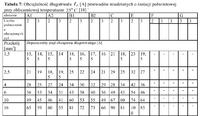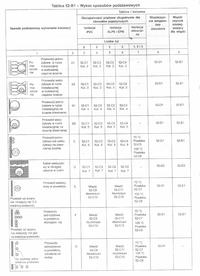Hello.
I want to connect a device that has a 20A current protection, only in the box I have a 16-amp fuse.
I am asking for advice, because I do not know if there is a 1.5? cable on the 2.5? cross-section that goes to the box, and then I can change the fuse to 20A ??
Distance from the fuse box on the wall approx. 8-10 m.
I want to connect a device that has a 20A current protection, only in the box I have a 16-amp fuse.
I am asking for advice, because I do not know if there is a 1.5? cable on the 2.5? cross-section that goes to the box, and then I can change the fuse to 20A ??
Distance from the fuse box on the wall approx. 8-10 m.





